Strayer-Wood Theatre (1975)
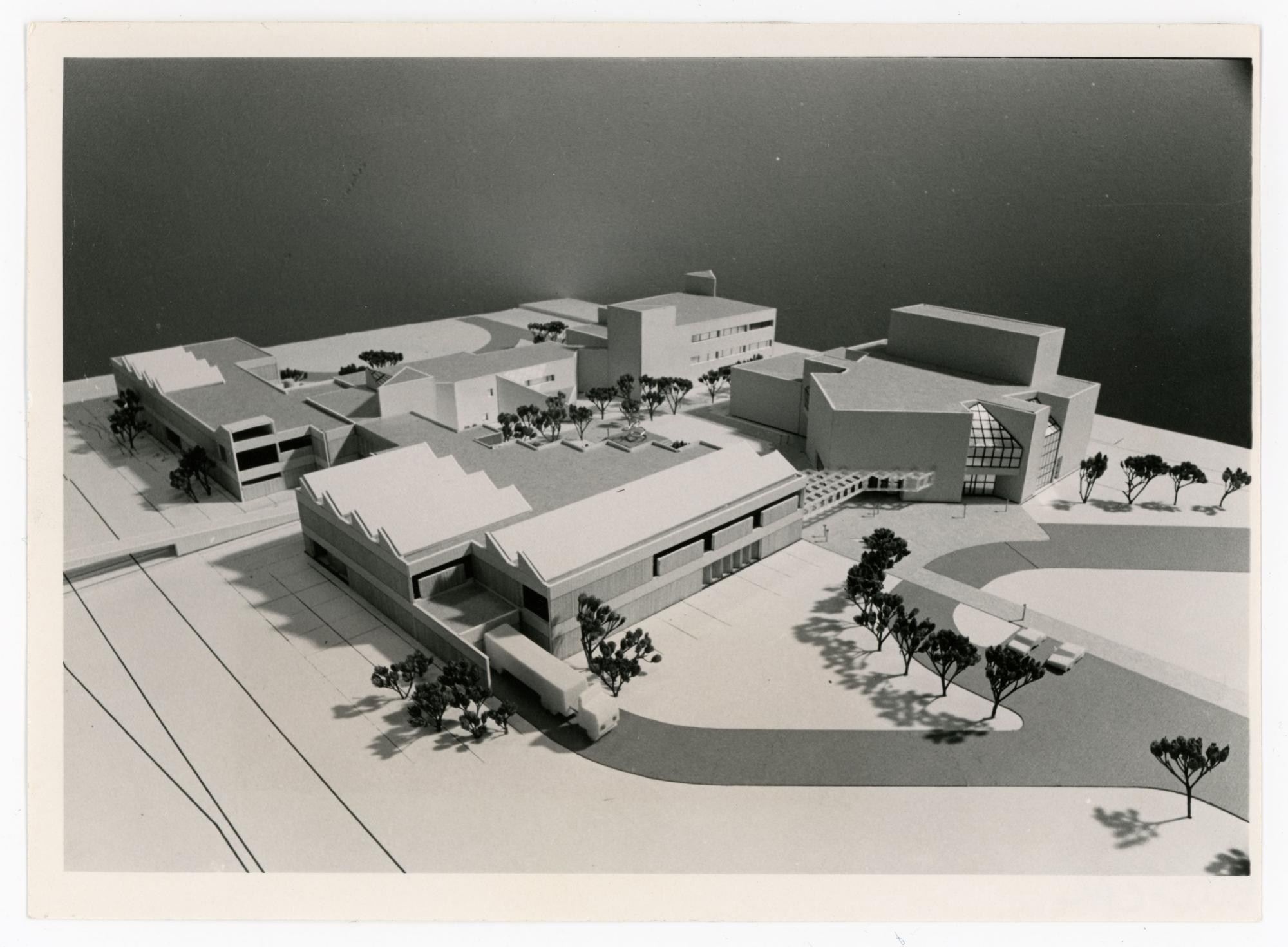
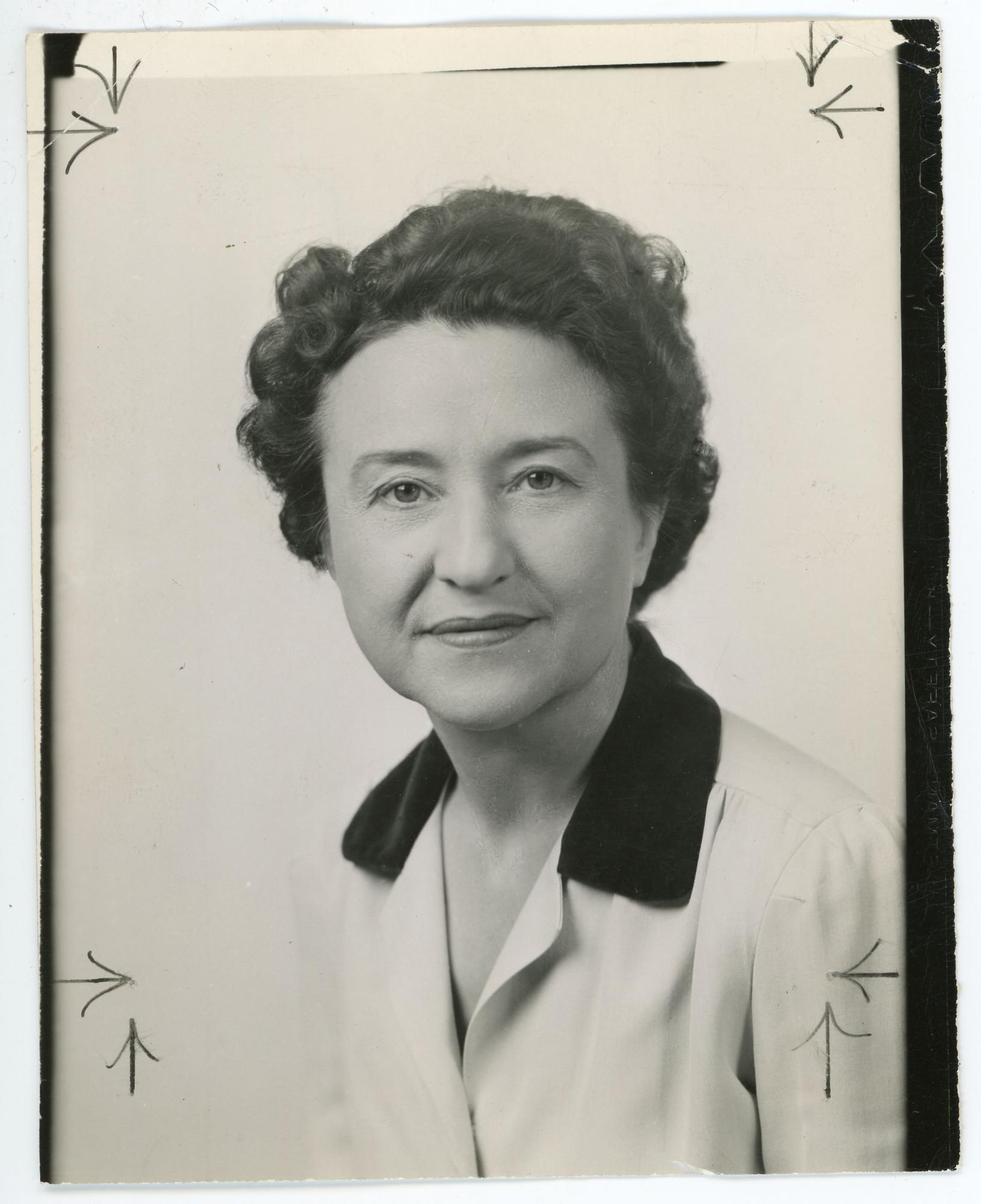
In February 1968, the Ad Hoc Committee on Auditoria Needs, under chair Stanley Wood, recommended three new facilities: a coliseum seating ten thousand, which eventually was realized as the UNI-Dome; an auditorium seating two thousand, finally realized as the Gallagher-Bluedorn Performing Arts Center; and a theater seating eight hundred. This last facility would become the Strayer-Wood Theatre. Professor Wood said
We consider all three types absolutely necessary, but feel most urgently needed are facilities directly connected with instruction and vital to the academic program.
A great deal of research went into the planning of the theatre building. In 1969, UNI theatre alumnus Richard Devlin devoted his master's thesis at Yale University to an analysis of the UNI theatre program and included schematic plans for a new building. In spring 1971, Professor Wood used a Professional Development Leave to visit and study college, university, and professional theatres across the country. He studied architectural plans and talked with theatre personnel and audiences to learn what would work well in a new theatre. By late 1974, plans had emerged for a theatre seating 525 people, with the seats on a steep rise. The facilities would be flexible for many kinds of presentations in a proscenium or thrust setting. UNI Director of Facilities Planning Leland Thomson credited Professors Wood, Jon Hall, Harvey Sweet, and Terry Williams for their work with architects Brown, Healey and Bock of Cedar Rapids in planning for the building.
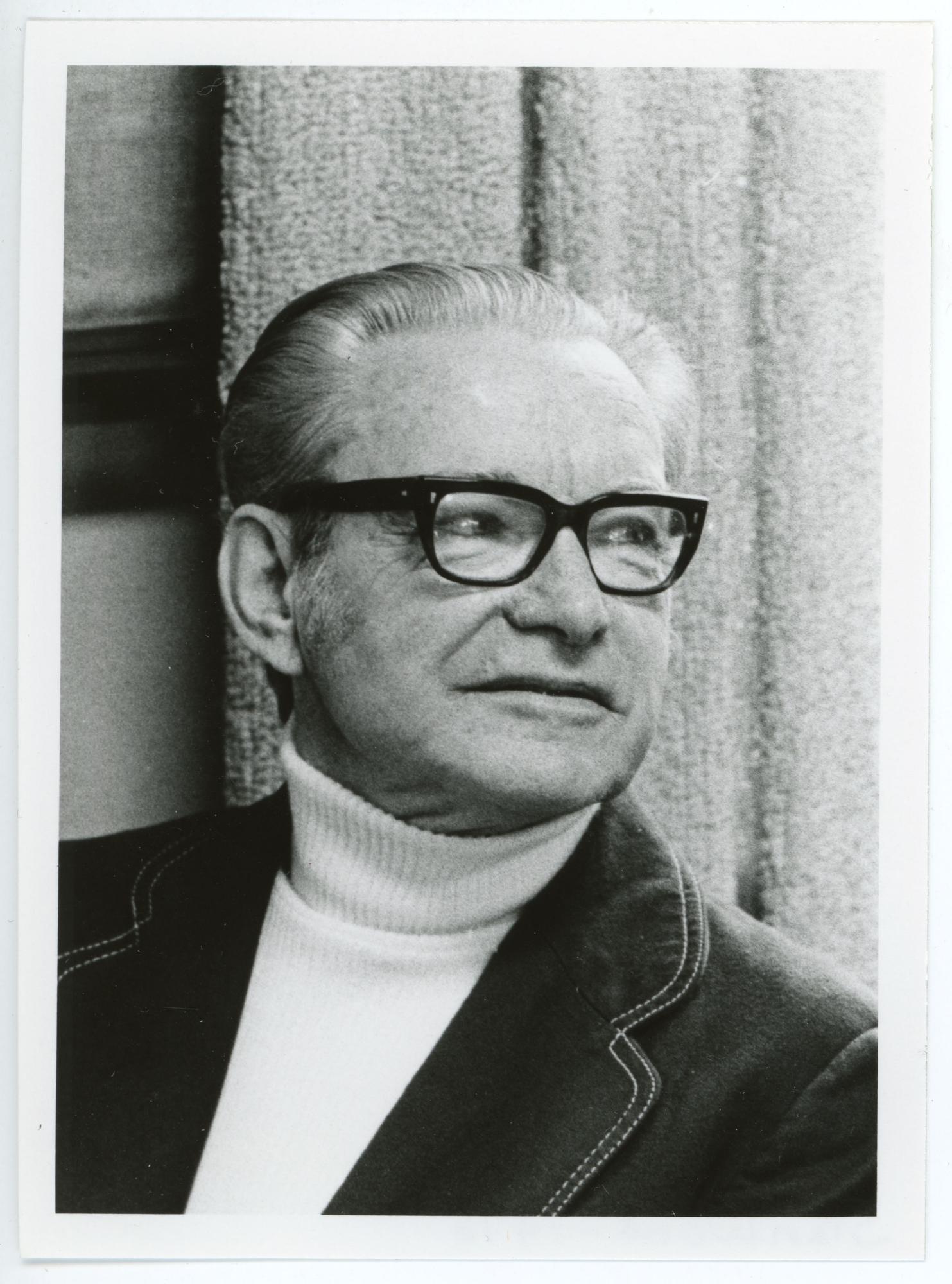
The theatre was part of Phase I of the Speech/Art Complex. Phase II would be the Kamerick Art Building. Phase I also included the Communication Arts Center, which would house facilities for speech pathology and audiology, speech, and broadcasting. The original budget for Phase I was $4.564 million, but, when bids came in at $6.226 million, the Regents revised the plans, and approved a budget of $5.154 million in September 1975. UNI officials hoped to restore the Phase I deletions into the Phase II program. The Regents also approved the naming of the new theatre building to honor Hazel B. Strayer, who led the theatre program from 1929 through 1956, and Stanley Wood, another long-term theatre director and speech faculty member.
Ground was broken for Phase I of the Speech/Arts Complex on October 6, 1975. Officials hoped that the theatre building would be completed by the fall of 1977.
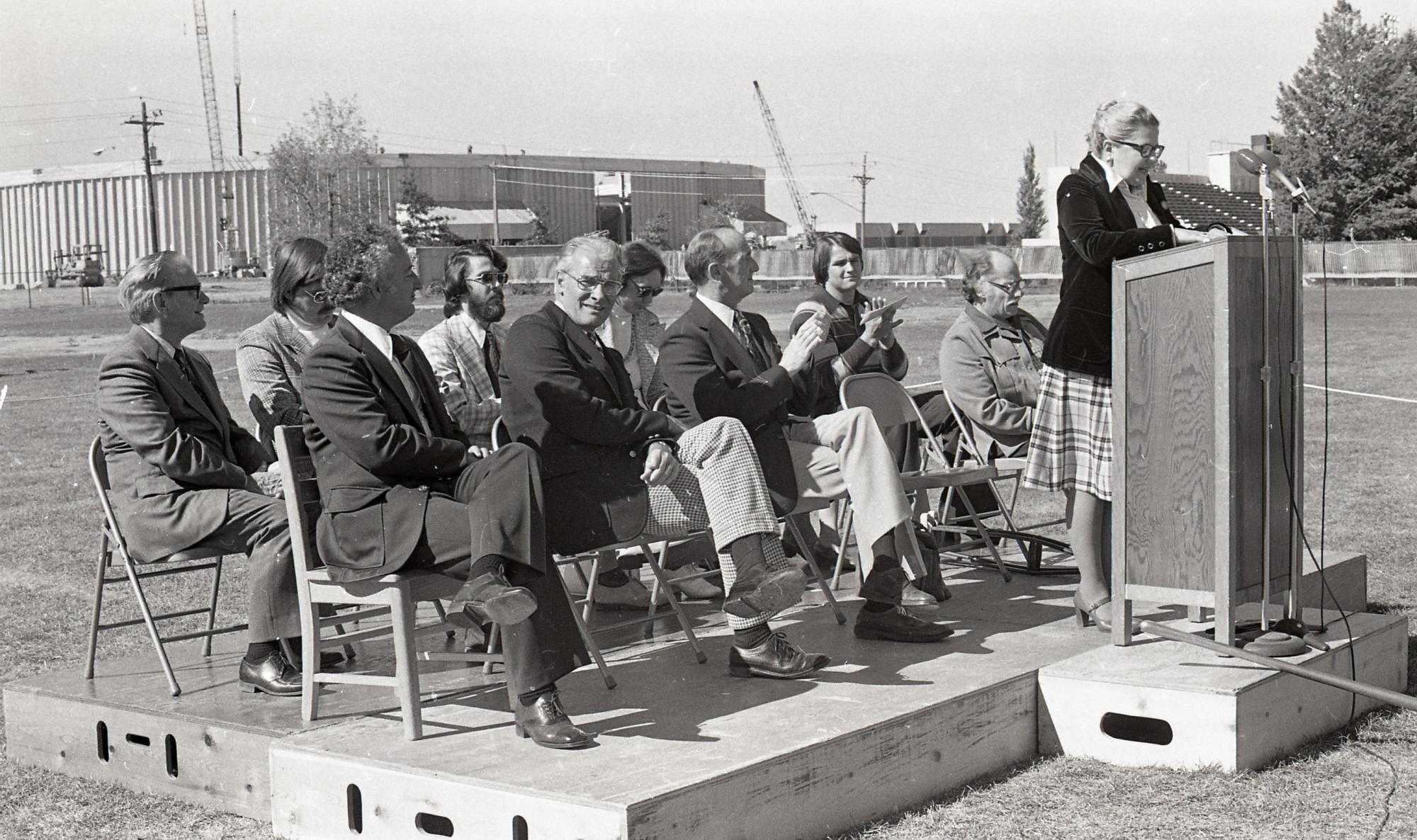
Director of Theatre D. Terry Williams eagerly anticipated the new building. He believed that the flexibility of the theatre would increase audience participation. The main theatre would seat 508 people and the studio theatre, just fifty-three feet square, would allow for experimental productions. He also looked forward to the initiation of the Bachelor of Fine Arts degree that would be of interest to actors and designers who wished to continue their studies in graduate programs or go right into professional theatre. To enhance the new building, the Class of 1977 donated funds to purchase a sculpture by UNI alumnus Michael Maniatis for the theatre lobby.
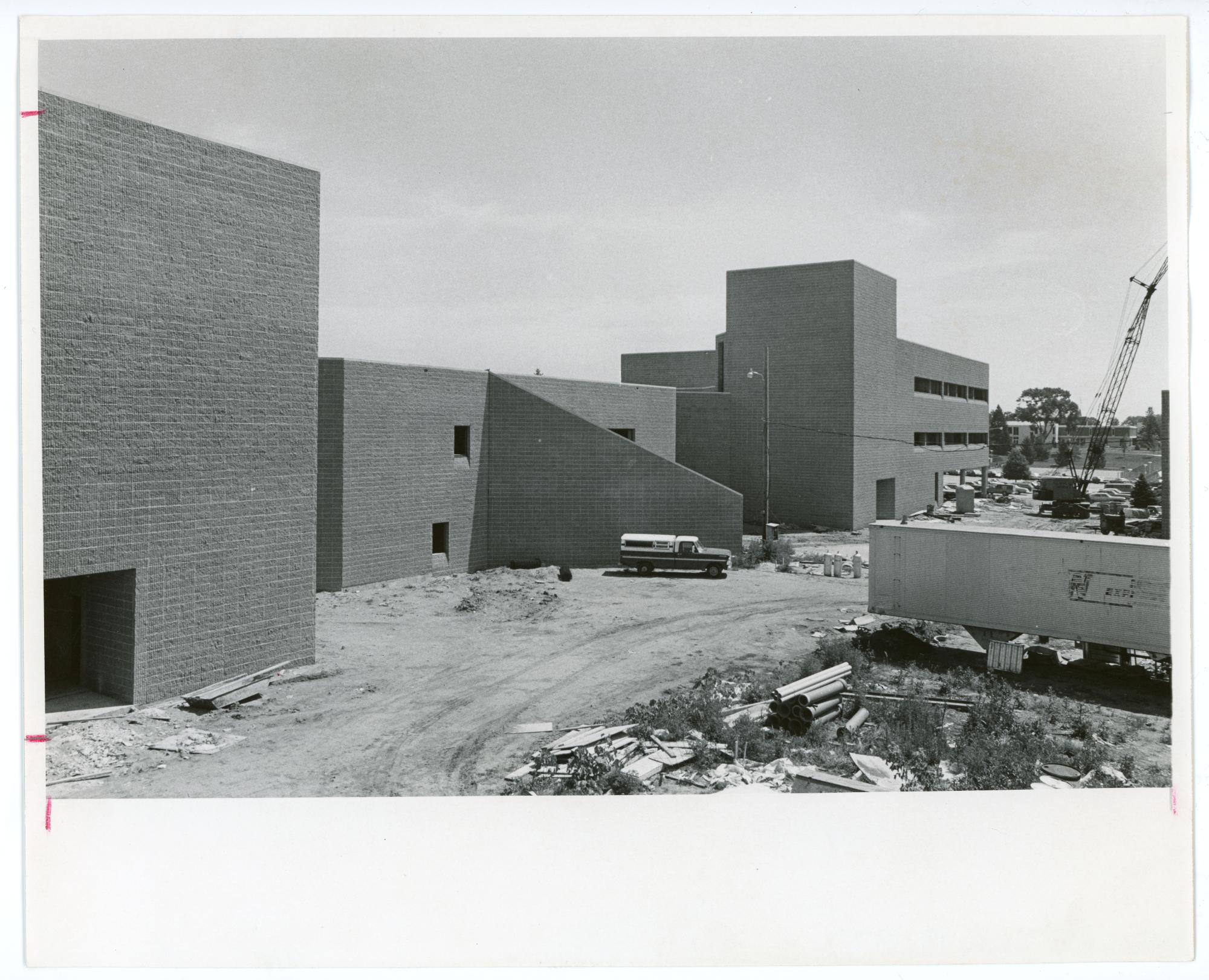
Construction progressed a bit slower than usual, but during the Christmas break of 1977, faculty and students worked on moving props and costumes from the Auditorium Building (now Lang Hall) to the new facility. The last obstacle to completion was the installation of the skylights, which, due their special nature, were slow to arrive. But on February 15, 1978, the Strayer-Wood Theatre opened for its first production, "The Lion in Winter", under the direction of Professor George Glenn. Northern Iowan columnist Dan Rank found the new facility "spellbinding". He raved about the complexity of the theatre and even compared it favorably with the Guthrie Theatre in Minnesota.
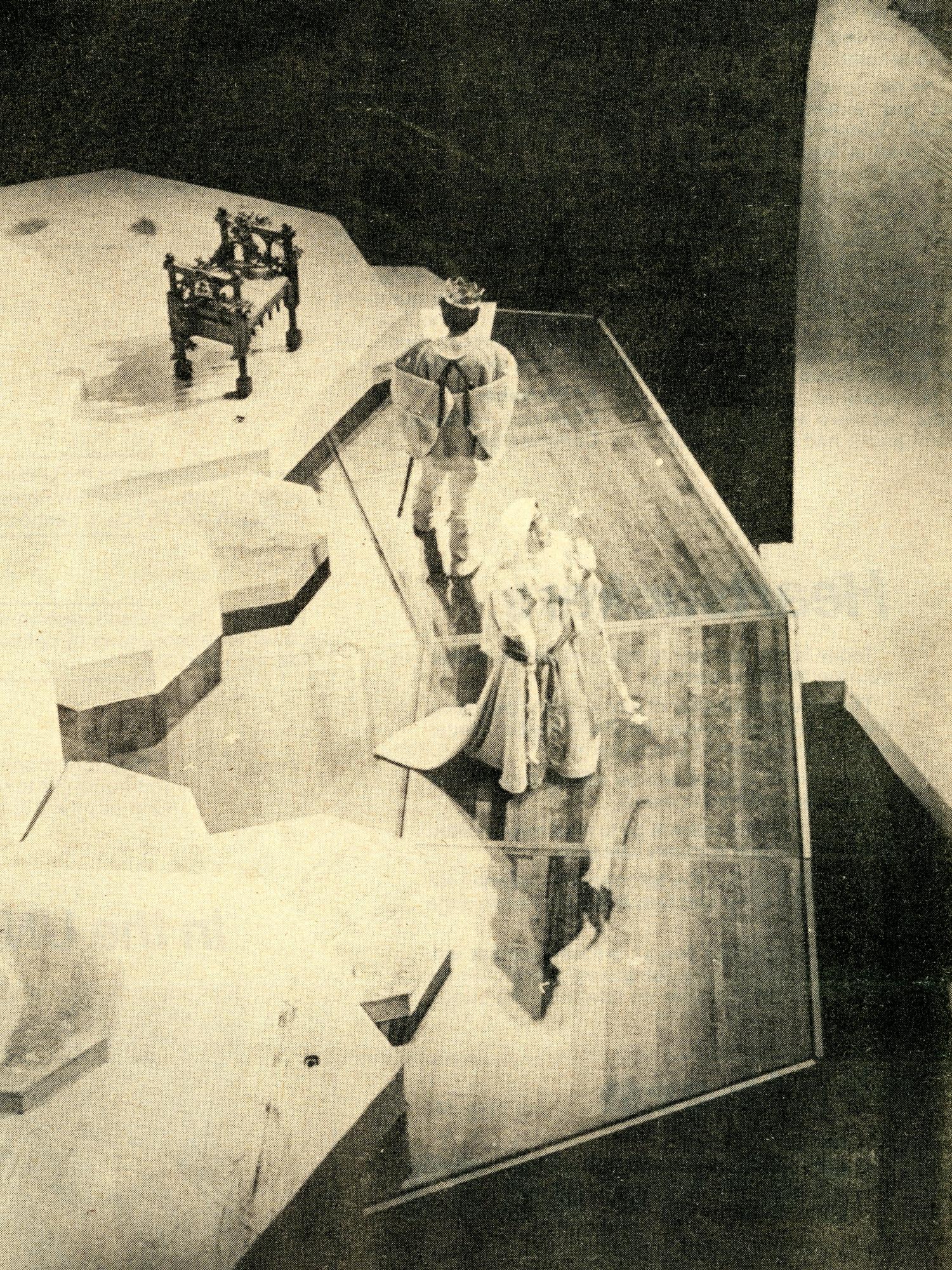
The spring production season would build toward a gala grand opening production of "Cyrano de Bergerac", with guest artist E. Kerrigan Prescott in the lead role.
A year after the Strayer-Wood Theatre opened, D. Terry Williams reflected happily that "It's the most unique theatre that I am aware of due to its flexibility. It's comfortable, plush--a theatre that works." Professor Jon Hall noted that the building had added a great deal of excitement about theatre at UNI. He said, "We're tickled to death with the response from people who have come to see the facility."
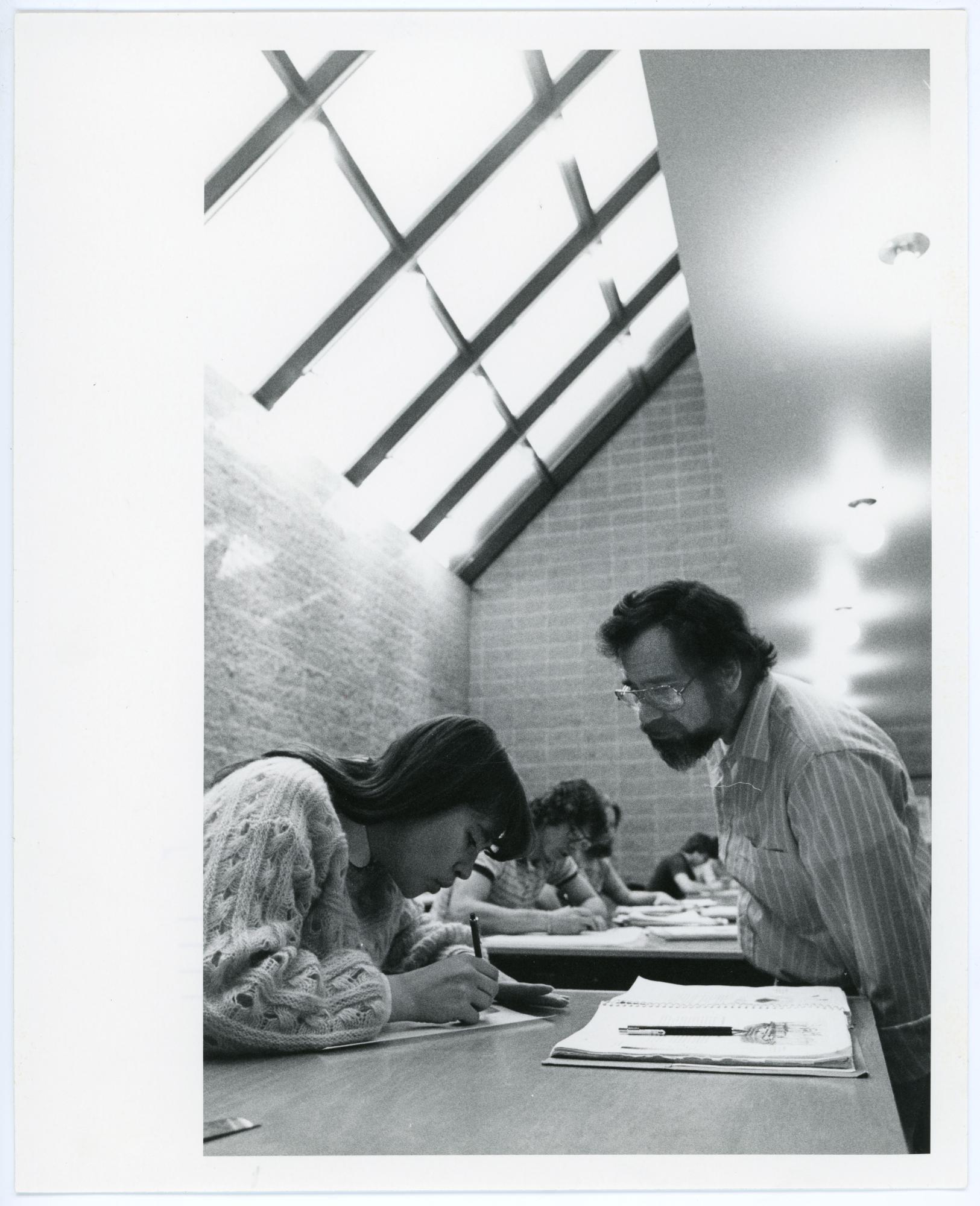
Strayer-Wood Theatre contains classrooms, offices, and many practice rooms. It has a 500 seat auditorium, an orchestra pit, and special rooms dedicated to supporting performances, such as costume and scene rooms. The orchestra pit can be raised to create a theatre-in-the-round atmosphere. The theatre also has an advanced lighting system.
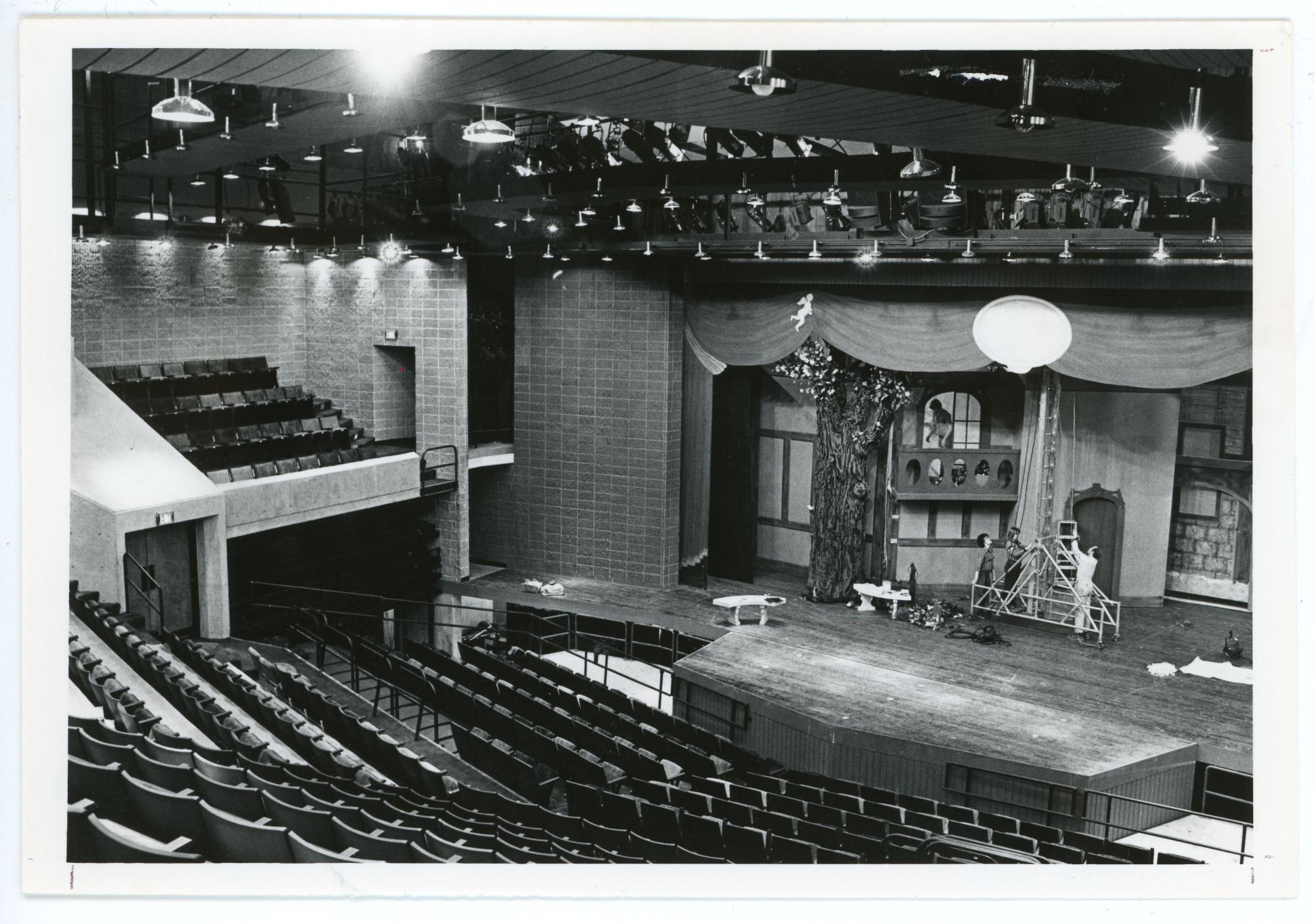
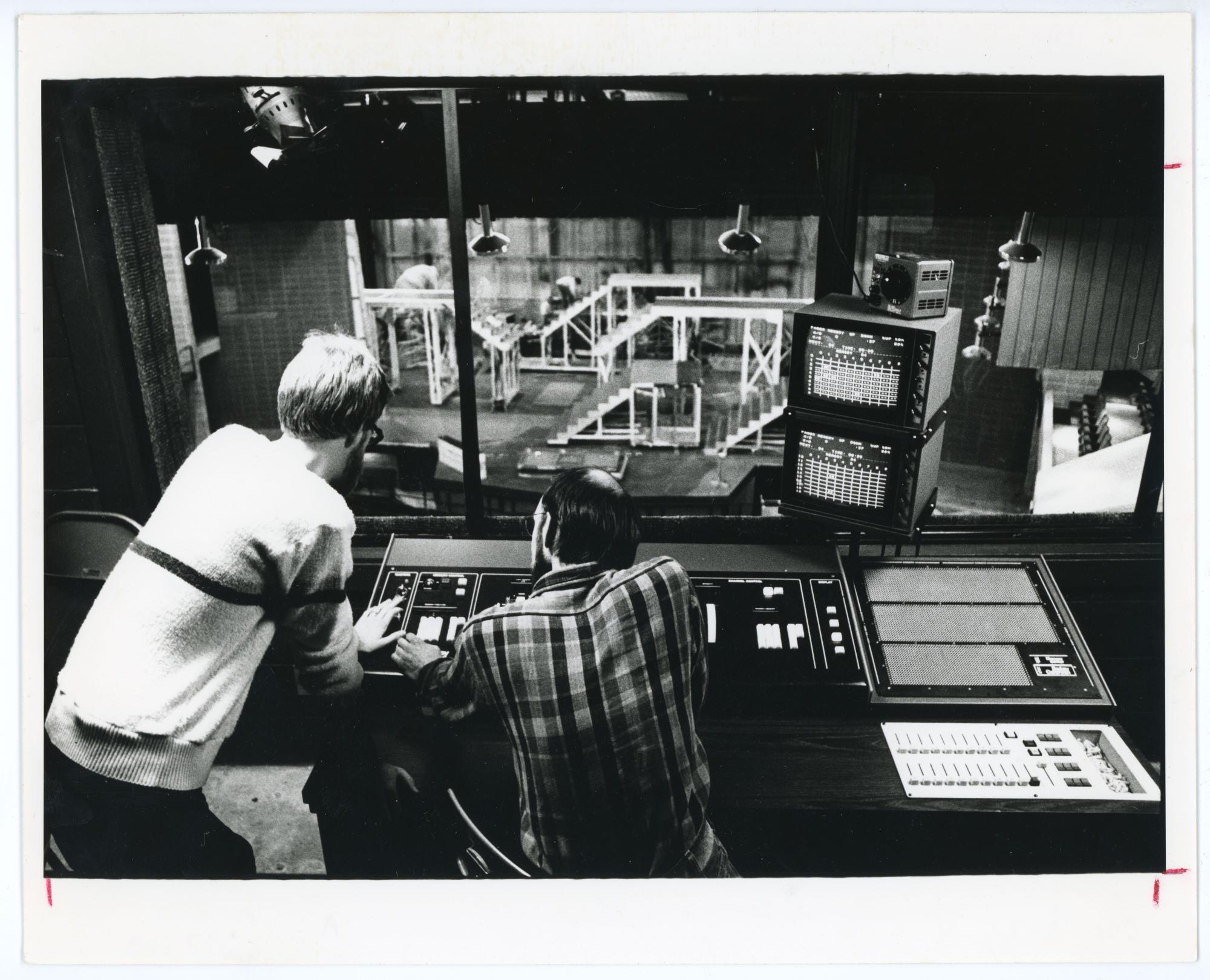
In 1989, repairs were needed on the stage after welding debris fell into an air space and started a small fire. Damage was minimal, however. Renovations and remodeling in the summer of 1993 created more department offices and a new box office. Further repairs to the skylights on the southwest side of the building were made in the summer of 1996.
Like Lawther Hall, the Strayer/Wood Theatre is said to have a ghost lingering in its corridors. Members of the department thought that the ghost Zelda followed them from their former location in Lang Hall. The ghost is blamed for unexplained sounds and events in the theatre. In some years, Theta Alpha Phi, the theatre honorary society, sponsored a haunted house in Strayer-Wood Theatre at Halloween.
Currently, the Department of Theatre and Theatre UNI are housed in the Strayer/Wood Theatre.
Compiled by Library Assistant Susan Witthoft; edited by University Archivist Gerald L. Peterson, July 1996; substantially revised by Gerald L. Peterson, with research by Student Assistant Katie Meyer and scanning by Library Assistant Gail Briddle, November 2002; last updated, November 10, 2011 (GP); photos and citations updated by Graduate Assistant Eliza Mussmann April 5, 2023.
